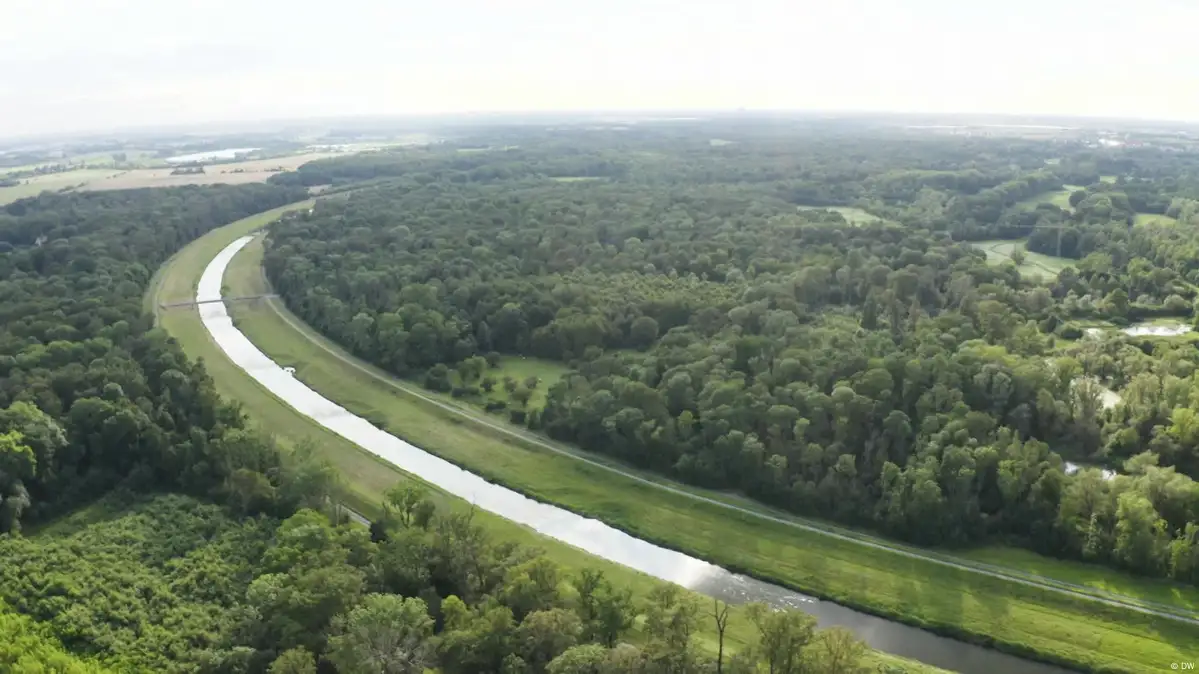Floods are the world’s largest natural hazard – especially along rivers. In Europe, around 160,000 people are affected each year, and the numbers are rising. But nature offers a solution: floodplain forests – a natural shield against flooding.
For centuries, humans have straightened and dammed rivers, leading to dried-up riverbeds and weakened floodplain forests that have increasingly lost vitality due to the lack of water. In Leipzig, scientists, NGOs, and urban planners have worked together to restore old river systems. Channels were reactivated, and dams were breached. These measures give rivers more space to spread during floods, significantly increasing the retention capacity of the floodplains. The goal is to return them to their natural habitat.
Mathias Scholz, a floodplain ecologist at the Helmholtz Center for Environmental Research, emphasizes the importance of these efforts: "Functioning floodplain forests retain water and thus prevent larger floods." Additionally, they store carbon, contributing to climate change mitigation.
Moreover, floodplains offer an important habitat for animals and plants. Targeted flooding has shown that floodplains can restore their natural state relatively quickly. This not only creates valuable ecosystems but also serves as a blueprint for other European cities that must actively prepare for future flood risks.
